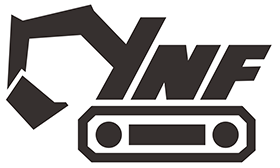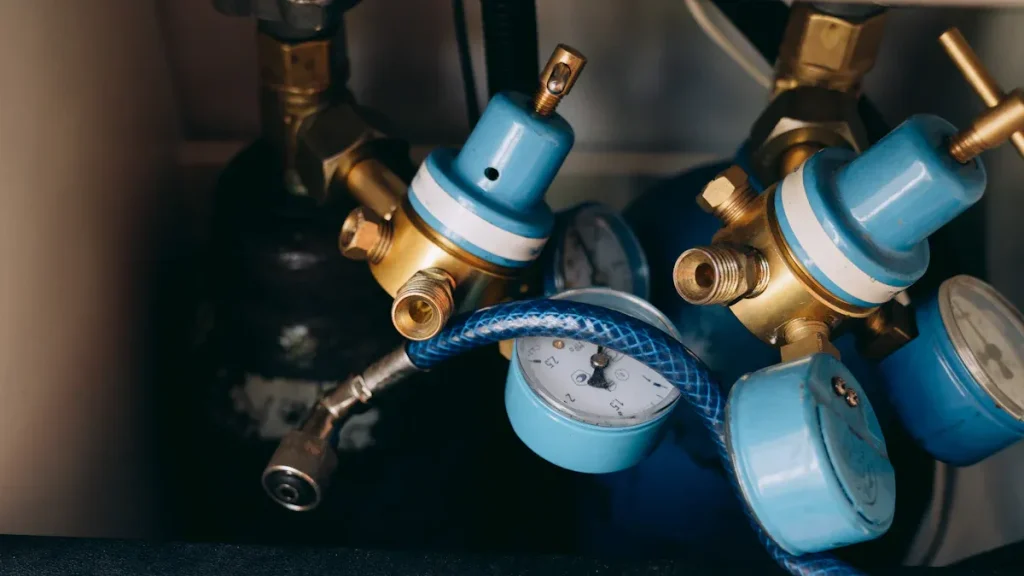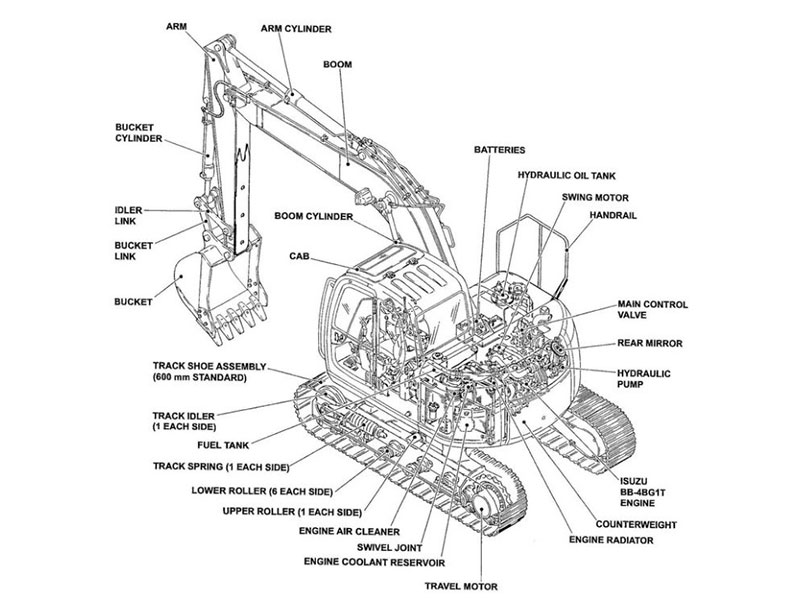Excavator hydraulic pump helps you lift heavy things easily. The pump pushes oil through the system. This lets you change the flow and pressure. You can lift things quickly and exactly. Oil carries energy and moves force to the arm and bucket right away.
The pump sends oil to many parts. You can dig and lift at the same time.
Movements are smooth and lifting is strong. Oil does not squeeze, so energy moves fast.
Advanced excavator hydraulic pump working principle helps you do many jobs well. This makes your excavator important for hard work.
Key Takeaways
Excavator hydraulic pumps help lift heavy things. They move oil in the system. This lets the excavator move fast and accurately.
You need to pick the right pump type. Gear, piston, or vane pumps work for different needs. Each pump type is good for certain jobs.
Check the oil in your excavator often. Keep the oil clean. Clean oil helps the pump work well. It also makes the pump last longer.
Know how hydraulic pressure and lifting force connect. More pressure and bigger pistons lift heavier things.
Make sure the pump matches your job needs. This keeps you safe and helps your excavator work its best.
Excavator Hydraulic Pump Working Principle
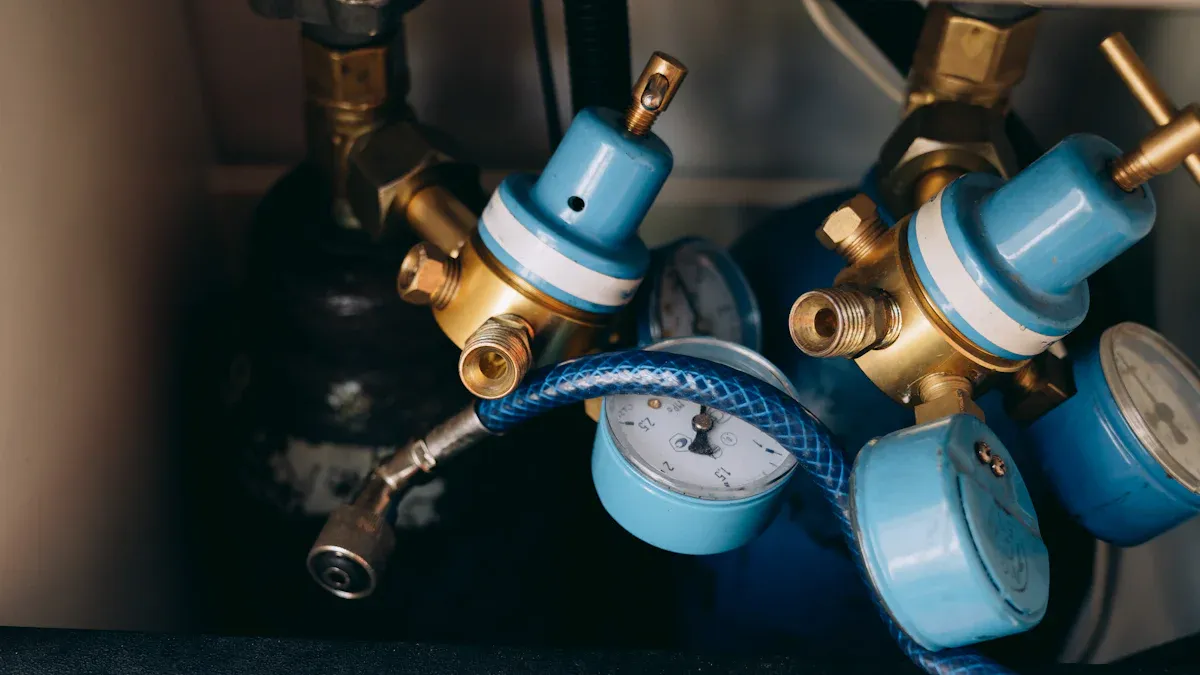
Power Conversion Process
When you start the engine, you control the excavator hydraulic pump. The engine gives power to the pump. The pump uses this power to move hydraulic oil. It all begins with the intake step. The pump makes a low-pressure spot inside itself. This lets hydraulic oil move from the reservoir into the pump. Then, the pump squeezes the oil. This makes the pressure go up and pushes the oil out.
Here is an easy step-by-step guide:
The engine spins the pump.
The pump pulls oil from the reservoir.
The pump squeezes the oil and raises its pressure.
The pump sends the high-pressure oil to the control valves.
The control valves send the oil to the hydraulic cylinders.
Tip: To lift heavy things smoothly, your pump must handle high pressure and move oil fast.
The main parts in the power conversion process work together to help you lift. You can see what each part does in the table below:
Component | Description |
|---|---|
Hydraulic Pump | Changes engine power into hydraulic pressure energy. |
Hydraulic Fluid | Carries hydraulic pressure to the cylinders. |
Hydraulic Cylinders | Change hydraulic pressure back into engine power. |
Control Valves | Control where the hydraulic fluid goes. |
How the hydraulic pump is made affects how well your excavator works. Pumps that move more oil work better. Special features like independent metering systems help save energy. If you use your excavator for hard jobs, you need a pump that can keep up with the oil and pressure needs.
Hydraulic Pressure and Force
The excavator hydraulic pump lets you lift heavy things by turning hydraulic pressure into force. The pump sends oil to the cylinders. The oil pushes on the piston inside the cylinder. This makes force that moves the arm or bucket.
You can find out the lifting force with a simple formula:
Multiply the pressure (PSI) by the piston’s area.
Use this: Force = Pressure x Area.
Hydraulic cylinders change hydraulic pressure into force. This helps you lift, dig, and move with care. The piston size and pump pressure decide how much force you get. If you want more power, you need a pump that gives more oil at higher pressure.
Here are some key facts about hydraulic pressure and force:
Hydraulic cylinders use oil pressure to make strong lifting force.
The pump must keep oil pressure steady for smooth work.
If the pump breaks, you may see slow speed, weak lifting, or jerky moves.
Hot oil and dirty oil can hurt the pump and lower lifting power.
Cold weather can make oil thick, which slows the pump and lowers force.
Note: Always check the oil level and quality. Clean oil helps your pump work well and keeps your excavator strong.
If you want your excavator to work well, you must know how the pump, oil, and cylinders work together. The excavator hydraulic pump is the key to lifting heavy things and finishing the job right.
Excavator Hydraulic Pump Types
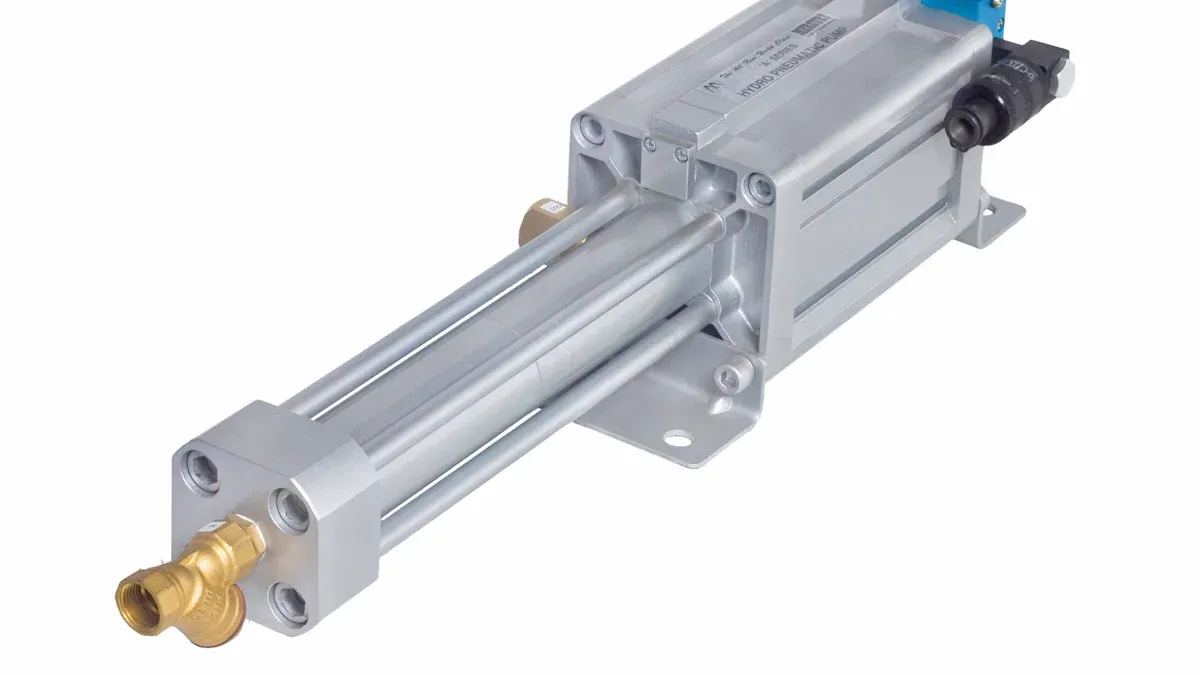
Excavator hydraulic systems use different pumps to move oil and make force. There are three main pump types in most excavators: gear pump, piston pump, and vane pump. Each pump has its own way to pressurize oil and send power to the hydraulic cylinders.
Gear Pump
Gear pumps have two gears that turn together to move oil. This design is simple, so gear pumps are small and light. These pumps are good for excavators where price and easy care are important. Gear pumps always move the same amount of oil each time the gears spin. This means they are not very flexible, but they are easy to use.
Here is a table with the good and bad sides of gear pumps:
Advantages | Disadvantages |
|---|---|
Compact and Lightweight Design | Limited Functionality as a Fixed Displacement Pump |
Wide Speed Range | Radial Force Imbalance and Noise |
Superior Performance and Easy Maintenance | Wear and Limited Repairability |
Cost-Effective Solution |
To keep your gear pump working, you should do these things:
Change or clean filters and strainers to keep oil clean.
Look at seals to stop leaks.
Check gears for damage to stop pump problems.
Make a regular plan for maintenance.
Gear pumps are cheap and work for many excavators, but they can get noisy and wear out after a while.
Piston Pump
Piston pumps use pistons that move up and down inside cylinders to pressurize oil. They can make high pressure and change how much oil they move. This lets the pump give more or less oil when needed. Piston pumps are great for tough jobs with big excavators. You can lift heavier things and work faster because piston pumps handle more pressure and speed.
Big excavators like the EX1900-6 use a tandem axial-piston pump with a flow rate of 531 gpm and pressure up to 4,264 psi. Bobcat’s Model 331 and 430 excavators use variable-displacement, axial-piston pumps with load-sensing. These pumps change for different loads, save fuel, and help your hydraulic system last longer.
Piston pumps can reach pressures over 400 bar (5800 psi).
They change flow rates to work better.
You get strong and steady lifting and digging.
Vane Pump
Vane pumps use vanes that slide in and out of a spinning shaft to move oil. They run smoothly and give steady oil flow, so your excavator works quietly and well. Vane pumps are small, so they fit in tight spaces. They can self-prime, so you do not need extra steps to start them.
Here is a table with the main features of vane pumps:
Characteristic | Description |
|---|---|
Efficiency | Vane pumps give steady oil flow, which is important for excavators. |
Compact Design | Their small size makes them easy to fit in tight spaces. |
Smooth Operation | They run smoothly, so there is less shaking and better performance. |
Self-Priming Capabilities | Vane pumps can self-prime, so they work in many conditions. |
Versatility | Good for many uses, even when you need different flow and steady pressure. |
Reliability | They are known for being reliable, so many builders use them. |
Vane pumps work by spinning a shaft that pushes vanes out. This makes spaces inside the pump get bigger and smaller. The spaces pull oil in and then push it out under pressure. You get steady power and good pressure control, so your excavator can do many jobs.
Tip: Pick the right pump type for your excavator so it can lift and dig well. YNF Machinery has many hydraulic pump choices for all excavator models.
Hydraulic Pump Selection and Lifting Performance
Matching Pump to Excavator Needs
Picking the right pump helps your excavator lift heavy things. You need to think about what you want to move. The job size and depth matter too. Your machine works better if you choose the right pump. This gives you more lifting power and keeps you safe.
Check what kind of digging you will do. Hard digging needs more pressure and oil flow.
Big excavators need pumps with more power and size.
Make sure the pump’s pressure matches your excavator’s needs.
Faster RPMs can give you more oil flow.
Pumps that change how much oil they move help you work faster and smoother.
Strong pumps last longer and need less fixing.
Some pumps work better in very hot or cold weather.
Less noise makes it nicer for the person driving.
Flow and pressure are very important. You need to know how much oil your excavator uses for each job. Pressure depends on how much force you want, like breaking or pulling.
If your pump is too small, you get weak lifting and slow moves. If your pump is too big, it can waste oil and get too hot. Both can hurt your hydraulic system.
YNF Machinery has pumps for many excavator types. You can find pumps that fit your oil flow and pressure needs for safe and strong lifting.
Efficiency and Capacity
Pump efficiency changes how much fuel your excavator uses. Good pumps use less oil and save you money. New pumps with digital controls match power to the job. This helps you not waste energy.
Good pumps lower fuel costs and help your excavator work longer.
Pumps that change how much oil they move save fuel and help you do more work.
Faster engine speed and deeper bucket cuts can help you work better and make less pollution.
You can move more dirt for every liter of fuel.
Evidence | Explanation |
|---|---|
The hydraulic system’s size decides how much force you get for lifting. Bigger systems lift more, but need more power and cost more. | Picking the right pump for your excavator helps you lift better. |
Lifting too much can be dangerous. Your excavator could tip over or the driver could lose control. This can cause bad injuries or even death. | Safety problems happen if you do not pick the right pump. |
Working within the lifting limits helps your excavator last longer. Too much weight can hurt the hydraulic system and other parts. This makes your machine wear out faster. | Picking the right pump helps your excavator stay safe and last longer. |
The hydraulic system’s size tells you how much your excavator can lift. If you pick a pump with the right oil flow and pressure, you get strong lifting and safe work. YNF Machinery can help you find pumps that fit your excavator’s lifting needs and keep your machine working well.
You need a strong hydraulic pump to lift heavy loads with your excavator. The pump moves oil through the hydraulic system, giving you the power to raise and lower the arm and bucket. When you understand how the pump works and the types available, you can choose the best pump for your needs. A good pump keeps oil flowing smoothly, helps you save energy, and makes your machine last longer. Always match the pump to your job and keep oil clean for top performance. YNF Machinery offers pumps that fit your hydraulic system and help you work safely.
FAQ
What does the hydraulic pump do in an excavator?
The pump moves oil through the system. You get power for lifting and digging. The pump controls how much oil flows to the cylinders. This lets you lift heavy loads with your excavator.
How often should you check the oil in your excavator?
You should check the oil every day before you start work. Clean oil helps your pump last longer. Dirty oil can damage the pump and lower lifting power. Always use the right oil for your machine.
What happens if the pump fails during lifting?
If the pump fails, oil cannot move to the cylinders. You lose lifting power right away. The arm or bucket may stop moving. You should stop work and call YNF Machinery for a new pump.
Can you use any oil in your excavator’s hydraulic system?
You must use the oil recommended by the manufacturer. Wrong oil can hurt the pump and other parts. Good oil keeps the pump working well. YNF Machinery can help you choose the right oil.
How do you know if your pump needs maintenance?
Watch for slow lifting, weak force, or noisy operation. Check for oil leaks around the pump. If you see dirty oil, clean or replace it. YNF Machinery offers pump repair and oil solutions.
Tip: Regular oil checks and pump maintenance keep your excavator safe and strong.
